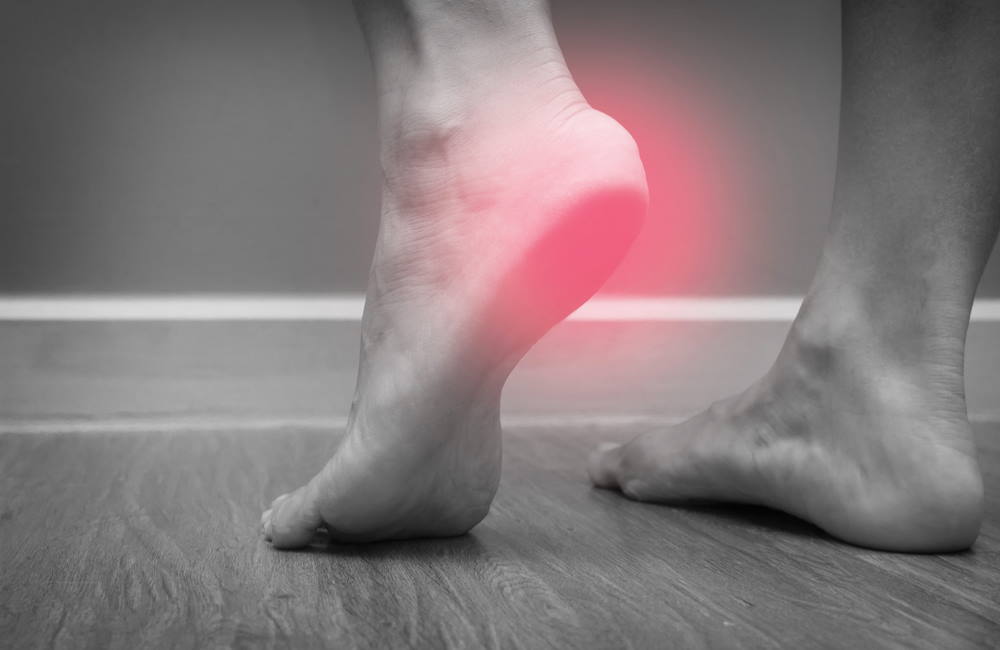
What is Plantar Fasciitis?

Plantar fasciitis causes pain in the foot due to inflammation of the fascia, the thick band of tissue that connects the heel to the toes. The typical case involves sharp pain in the heel, especially with the first steps in the morning, and is more likely in those who are obese, wear high heels often, stand for long periods time, have flat feet or high arches or a tight Achilles tendon.
Runners and athletes also are more likely to develop plantar fasciitis because of the increased stress put on their feet. Typically, women develop plantar fasciitis more often than men.
One of the best ways to deal with the pain is using a compression sock that can relax the fascia and provide relief from pain. Athletes and those who jog frequently use athletic ankle socks and compression socks for their feet, as do those who must stand for long periods of time on the job, such as nurses, hair stylists, dental assistants, schoolteachers and factory workers.
What Is The Fascia?
The fascia consists of a thin casing of connective tissue that surrounds every organ, blood vessel, bone and muscle, helping hold them in place. In the foot, the fascia runs lengthwise along the bottom of the foot and supports the muscles and arch.
While appearing as one piece of tissue, the fascia has multiple layers of tissue with liquid in between called hyaluronan, according to Johns Hopkins Medicine. In addition to providing internal structure, the fascia has nerves that make it sensitive.
While the causes of plantar fasciitis vary, repeated stress and stretching can cause small tears which led to inflammation. If you exercise, the pain will worsen after you finish, not while you are exercising. The same is true for those who stand on their feet all day. If the fascia begins to dry and tighten, it can cause knots of pain, usually felt in the heel or middle of the foot.
Who Is At Risk of Plantar Fasciitis?
Plantar fasciitis impacts people from every walk of life. However, some have a greater chance of developing the condition than others. They include the following.
- Women, especially those age 40 to 60
- Those who engage in exercise that puts stress on the heel, including long-distance running and certain types of dancing (ballet, aerobic)
- Those with flat feet or high arches
- Those who are obese
- Those who work in jobs where they must stand for long periods of time
Those with plantar fasciitis experience a stabbing pain in the foot that happens when they first stand up and walk after getting out of bed. The pain may quickly subside. However, as they put more stress on their feet throughout the day, they may experience pain again, especially after standing a long time or getting up after sitting.
Compression Socks Help Plantar Fasciitis
Compression socks can help lower the pain people experience with plantar fasciitis. Compression stockings used on the leg keep blood flowing better by helping the blood pump through your system rather than pooling in your legs or feet.
Socks made especially just for the foot can reduce inflammation of the fascia. They also can provide arch support and reduce the pain felt with plantar fasciitis. By keeping the fascia stretched, the socks can reduce the pain you feel after standing for long periods or getting to your feet after sitting.
Plantar fasciitis impacts many people. The pain it causes can keep people from fully participating in all the activities they enjoy. While not a cure, compression socks provide a way to help treat and lessen the pain caused by plantar fasciitis.